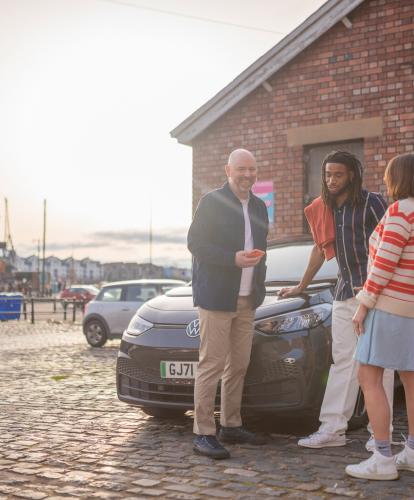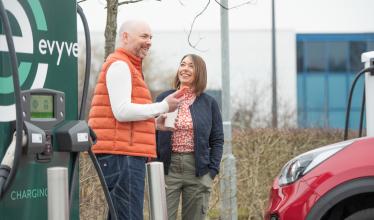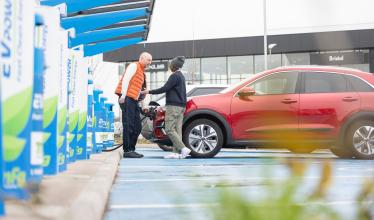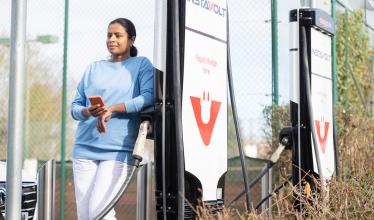There's now more than one million electric cars skimming quietly over UK roads. That’s a lot of new electric cars – and a lot of new electric car drivers too. If you’re one of them, keep reading because Zapmap has put together a range of tips for anyone new to driving an electric car.
We’ve gathered advice from both new and experienced drivers of electric cars to give as diverse – and useful – a variety of tips as possible. Why? Because, from charging at home to planning routes on Zapmap, there are new considerations that you may not have thought about when driving an EV. The electric experience is, after all, a different way of driving. Here are our top tips for new EV drivers.
How to drive an electric car efficiently
It might come as a surprise to hear that driving an electric car efficiently often starts before you even get into the vehicle – and even before you’ve bought it.
1. Think about how you’ll use your EV
If you are buying or have recently bought an electric car, it’s important to understand what you’re using it for. Is it a vehicle to pootle around town in, for example, or is it the new family workhorse?
These are questions that Maz Shar, who drives a Kia e-Niro and volunteers for Electric Vehicle Association England, asks a lot when giving advice. “Since getting my EV and setting an example, my uncle, two brothers, sister, father and mother-in-law have all gotten EVs,” says Maz.
“Often the first thing I discussed with them when starting out was understanding what their routine is like – how many miles they drive per day, per week and what kind of long journeys they do,” he says.
Once you have an idea of how you’ll use your EV, you can start to look into the logistics in more detail: “Can you charge at your workplace? Can you charge while doing your weekly shop? While at the gym? Is there a charger within walking distance?” Maz continues.
“Think about how long you normally spend there. If it’s an hour, it’ll be ideal to have a rapid charger – this is often the case at supermarkets and gyms. If it’s a few hours then a destination charger will suffice.”
Download Zapmap's EV charging app to see how many charge points are in your area, or on your regular journeys. You may well be pleasantly surprised!
A second-hand EV example:
In contrast to Maz’s Kia e-Niro, which has a real-world range of 265 miles, Oxfordshire resident and Zapmap user Rowan drives a much older EV, with a significantly shorter range.
Indeed, Rowan’s second-hand Peugeot iOn – apparently one of the first 1,000 EVs sold in the UK – is no longer in production. Although he only bought it in June last year, the previous owner had driven it for over 10 years. The iOn now has a range of just over 60 miles. However, this is (mostly) perfect for Rowan and his wife, who simply wanted an EV to get into and around Oxford.
“The Ion is perfect for town driving,” says Rowan, although he admits that anything more than that and the limited range can become trickier.
2. Get to know your EV app
In contrast to Rowan’s aging iOn, more recent electric cars have much longer ranges. And alongside improvements to range and charging have come other advances too.
Indeed, as well as downloading Zapmap, it’s also worth exploring your EV’s app. Car manufacturers generally have EV-specific apps now with some useful features.
“On my Nissan Leaf, there is a useful app that can be used to remotely start or stop charging, among many other things, and it can also notify you when your car has finished charging,” says writer and EV road-tripper Paul Amess.
Paul has been driving an electric car since 2016, when he bought a first-generation Nissan Leaf. However, he recently upgraded to the Nissan Leaf MkII, with a 40 kWh battery and a real-world range of 160 miles.
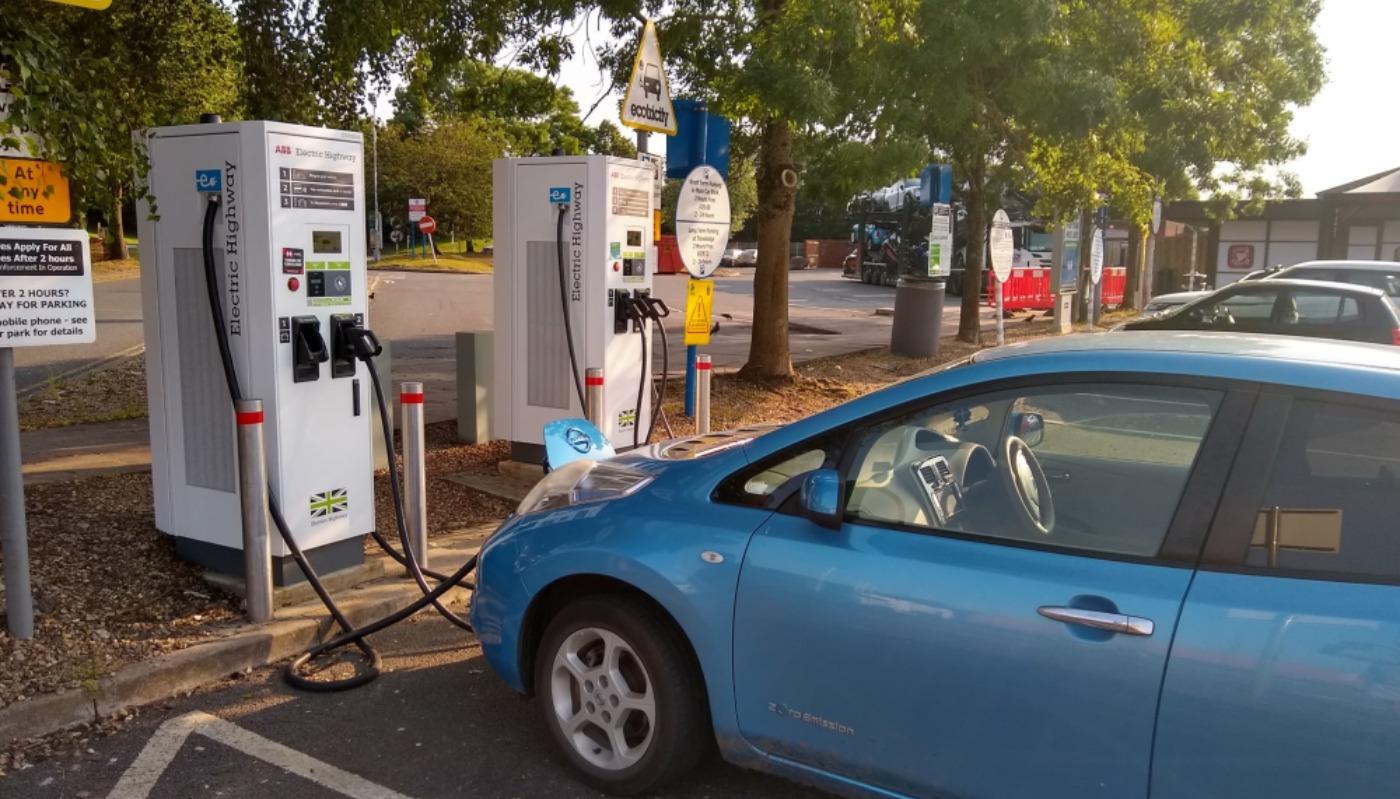
Paul’s Nissan Leaf charges up on the Electric Highway in summer 2020.
“More and more manufacturers are offering apps for their new cars, and it’s important to get to know this app as soon as possible, otherwise you may be missing out,” says Paul.
“For instance, I went through half a cold British winter when I first got the Leaf not knowing that one simple click of a button could not only defrost the front window, but would also make the car cosy and warm, ready for when I finally plucked up the courage to step outside,” he continues. “There is nothing better than going to your car knowing it will be warm and frost free.”
3. Understand the range of your electric car
Many new electric vehicles have ranges of almost 300 miles – some far exceed this now. However, if you’re driving an electric car with a shorter range (take Rowan’s Peugeot iOn as an extreme example), you may want to think about how to maximise the range of your car.
“Two simple steps can be followed that will add to the range,” says Paul Amess, “with the first one being to declutter the car. Carrying extra weight only makes your car use more fuel, and this is totally true for EVs as well as your fossil fuelled cars.”
And secondly: “Check those tyres,” Paul says emphatically. “Not only will an incorrect tyre pressure reduce the range that your car is capable of, it will also cause unnecessary wear and tear to the tyres and might even affect the handling of the vehicle.”
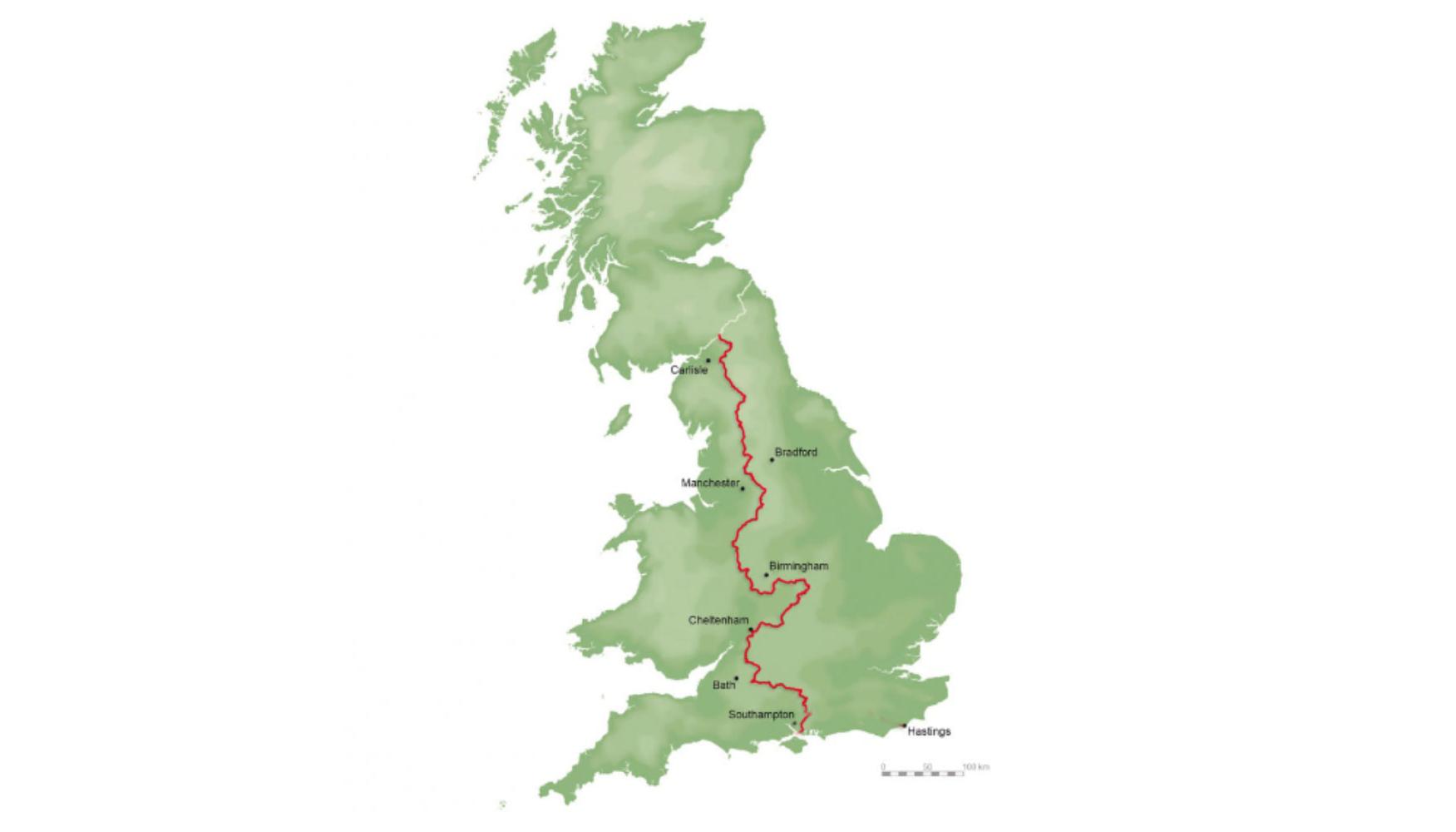
Paul’s EV road trip from Portsmouth to the Scottish border.
There are other ways to increase the range of your EV too. If your car offers an ‘Eco’ mode, for example, it will effectively dampen the acceleration and help to save you miles of charge. Many EVs also have regenerative braking systems – whereby the car recycles power back into the battery – that allow you to choose the strength of the regen. The stronger the level you choose, the quicker the vehicle will slow down as you take your foot off the accelerator, and the more miles you will save.
Of course, there are also ways to do this yourself, without relying on the vehicle to do it for you. “Our car is old and doddery – so we normally avoid motorways,” says Rowan. “Generally speaking the routes are longer but prettier, and the iOn’s range survives better as not travelling at 70mph.”
4. Take a look at the weather
Bristol resident and foodie Cameron has only been driving an electric car for a few months, but has already learnt a lot.
His Kia e-Niro is a company car, which he uses to visit suppliers as far afield as north Yorkshire, as well as places closer to home – such as Bristol’s multitude of independent restaurants. He loves the new car, and has found charging it particularly easy thanks to the charging devices at his workplace. It hasn’t all been plain sailing, however.

The Kia e-Niro comes with the larger 64kWh battery in the UK.
“I think one of the main things I’ve learnt is understanding how the weather and using your car extras etc. can affect your battery capacity, and just how that affected planning for a journey,” says Cameron.
“I turned on my car on a pretty cold day and the meter just dropped by a few percent. As I drove I started to use the car extras and just kept seeing the meter drop so had to reconsider my journey plan. In this cold weather the range has basically dropped from 260 miles to 220, which is great if I’m going into Bristol for a ‘gurt_grub’ adventure, but I do have to give a bit of extra thought if I’m seeing suppliers in Essex.”
How to charge your electric car
Electric vehicle charging is an important aspect of EV ownership. What’s more, unlike fossil fuel cars, EVs can recharge almost anywhere – at home, at work and on the public network.
With extra flexibility for EVs comes some added complexity, such as different charging speeds and connector types. It can be a lot to take in at first.
1. Don’t be daunted
“The electric car world is full of acronyms and phrases that may be baffling at first. Get to know your Type 1 connector from your Type 2,” says Gill Nowell, Head of EV at LV= General Insurance and ElectriX.
Generally speaking, there are three main types of EV charging – slow, fast and rapid. As a rule of thumb, you’ll probably use a slow charger at home, fast chargers at places like supermarkets, and rapid chargers at motorway service stations and public car parks. Each charger type has an associated set of connectors (perhaps including Type 1 or Type 2, as mentioned above, or others) that are designed for low or high-power use.
However, if you’re new to EVs and are still finding things a tad confusing, take a look at the Symbols key in the Zapmap app, which will help you out with connector types, map markers, as well as connector and user statuses.
Even if you’re just starting out in the world of EVs, you’ll quickly pick things up and after a while you might find you’re not even thinking about charging.
“Most electric car drivers only charge their car once a week or so, and many just ‘top up’ rather than wait until the car is almost out of electrons,” says Gill. “It’s a good idea to keep your car charged to about 80%, to keep the battery in a good state of health.”
2. Charge at home if you can
Of the themes in the advice we gathered from EV drivers for this piece, one is particularly prevalent. “Charge at home,” says Peugeot iOn driver Rowan. “High electricity prices are still cheaper than at public charging points.”
EV road-tripper Paul Amess agrees. “If you don’t already have a home charging point but have room for one, get one,” he says.
“Check your electricity tariff,” he continues. “If you’ve recently bought an electric vehicle or are driving an electric car for the first time, you might want to check with your energy provider. Many are now offering discounted tariffs for owners of EVs, which offer competitively priced electricity when compared to other tariffs.”
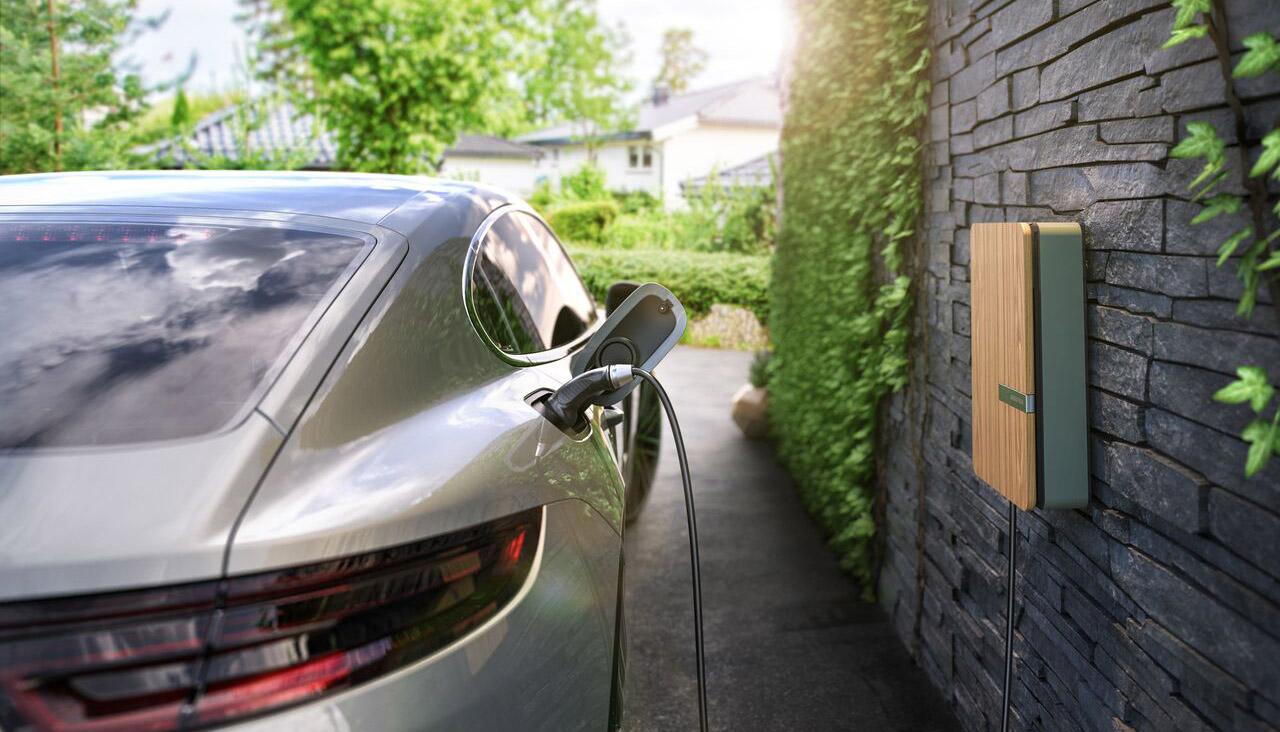
“If you don’t already have a home charging point but have room for one, get one.”
However, charging at home is not only about saving money. There are other benefits too. “Home charging makes it much simpler and more convenient to drive longer distances,” says EVA England volunteer Maz. Given that private cars are usually parked overnight, home charging certainly makes a lot of sense – and most electric car owners rely on it to ensure their EV is ready for use each morning.
(The Government currently provides financial support for electric vehicle buyers living in flats and rented properties to install an EV home charger through the EV Chargepoint Grant, which covers a proportion of the total costs.)
3. Explore community charging
If installing a home charging point simply isn’t an option for you, don’t despair. There are alternatives. For instance, you might find it helpful to look into peer-to-peer charging networks such as JustCharge and Co Charger. Some owners choose to offer charging for free, with others charging a small fee.
4. Sort out your ‘charger routine’
Of course, you may find that none of the options above work for you. If so, all is not lost. You can make driving an electric car work for you without having a home charge point. EVA England volunteer Maz, for example, is proof that driving an EV without a home charger is entirely possible.
“I have driven a total of 30,000 miles and don’t have a home charger,” he says. However, he explains that using only the public charging network does require a little extra thought. “If you can’t have a charger at home, it’s important to think a bit more about what your ‘charger routine’ will be,” he continues.
“Think about your normal driving pattern and think about where you leave the car for a long enough time – work, supermarket, gym and so on – and check if there are chargers there,” he says.
“Once you have those in mind you can opt to look for a car with enough range that fits within your budget. There are also some fantastic leasing options that allow you to drive an EV at a monthly cost.”
If you haven’t already, download the Zapmap app to find chargers near you. Once you have identified your regular chargers on Zapmap, you can ‘favourite’ them so they are easy to access. You can also save specific user filters – for example, if there are certain EV charging networks you prefer.
“My advice would definitely be to get to know the filters on the app,” says Melanie Shufflebotham, Co-founder & COO at Zapmap and driver of a 30kWh Nissan Leaf.
“They’ll save you time and help you find the chargers that work best for you and your EV. Whether you’re looking for a slow, on-street device to charge up overnight or for a rapid charger that accepts contactless payment, the filters will help you find exactly what you’re looking for at the click of a button.”
5. Plan your routes
Whether you have a home charger or not, at some point or other you are likely to go on a longer journey in your EV – and will probably need to find somewhere to charge.
“Plan your route with multiple charging options,” says Rowan. “I’ve found recently as numbers of EVs have increased that some chargers do appear busier. It’s always worth having a back up if the first one has a queue.”
To search and plan for places to charge, Rowan and his wife use Zapmap, specifically the route planner, which allows EV drivers to plan a route in their electric car, based on journey parameters, EV models and driver options. The planner has three different routing modes – Autoroute, Suggest chargers and Show all chargers – and you can save and retrieve routes within the mobile app or in-car system.
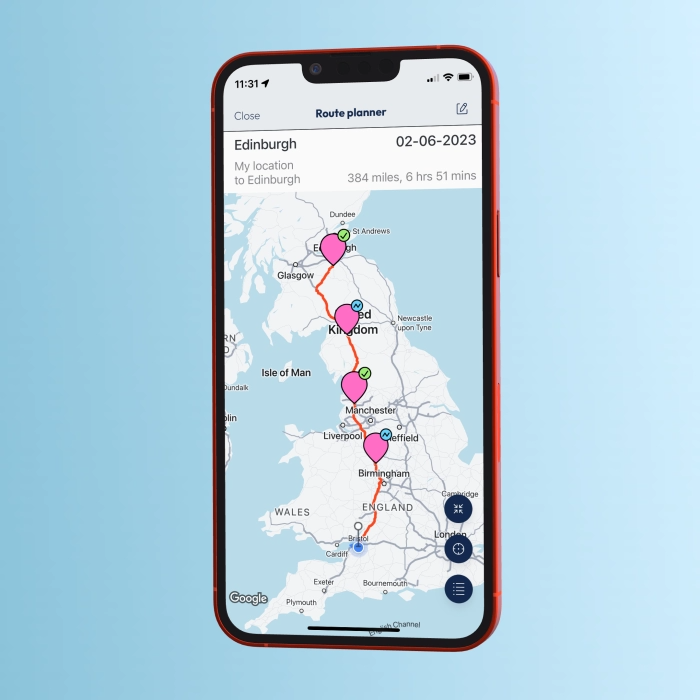
Use Zapmap’s free EV route planner to plot out your charging stops.
“When planning longer journeys, it’s worth looking for chargers en-route,” says Maz. “Normally I plan these along with breaks I would normally take. I try to plan two locations in case one is not available or notworking. I also check Zapmap for user reports.”
Indeed, 2022 saw lots of ‘en route’ charging hubs springing up at strategic locations across the country. The upwards trend is continuing, with operators such as MFG and GRIDSERVE Electric Highway opening charging hubs left, right and centre.
“You’d be surprised by just how many locations there are and how convenient some of them can be for you. There’s still some way to go in terms of availability and reliability but this is improving daily,” Maz continues.
While planning routes may require a slight shift in mindset after years of driving a petrol or diesel car, most EV drivers quickly get used to it. “We plan our spots based on facilities at charging points,” says Rowan. “A 20-minute charge is the perfect time for coffee or a coke.”
6. Get advice from the EV community
“My top tip when planning an EV journey is to take advice from other EV drivers who have been there before,” says Melanie Shufflebotham.
“Most EV brands have a forum where you can seek advice from drivers of the same car, such as the Nissan Leaf Owners forum, the Kia e-Niro Owners forum and many more.”
She continues: “Also, when you are planning your journey, make sure you check out any comments from Zapmap users for valuable info. On Zapmap you can check out the chat channel on individual charge points, and you will see feedback on charge experience and other info, such as whether there is a coffee shop nearby – plus pictures to help you locate the charger.
“And don’t forget to check-in on Zapmap when you charge to help others!”
With thanks to Cameron, Gill Nowell, Maz Shar, Melanie Shufflebotham, Paul Amess and Rowan for their contributions to this piece.
